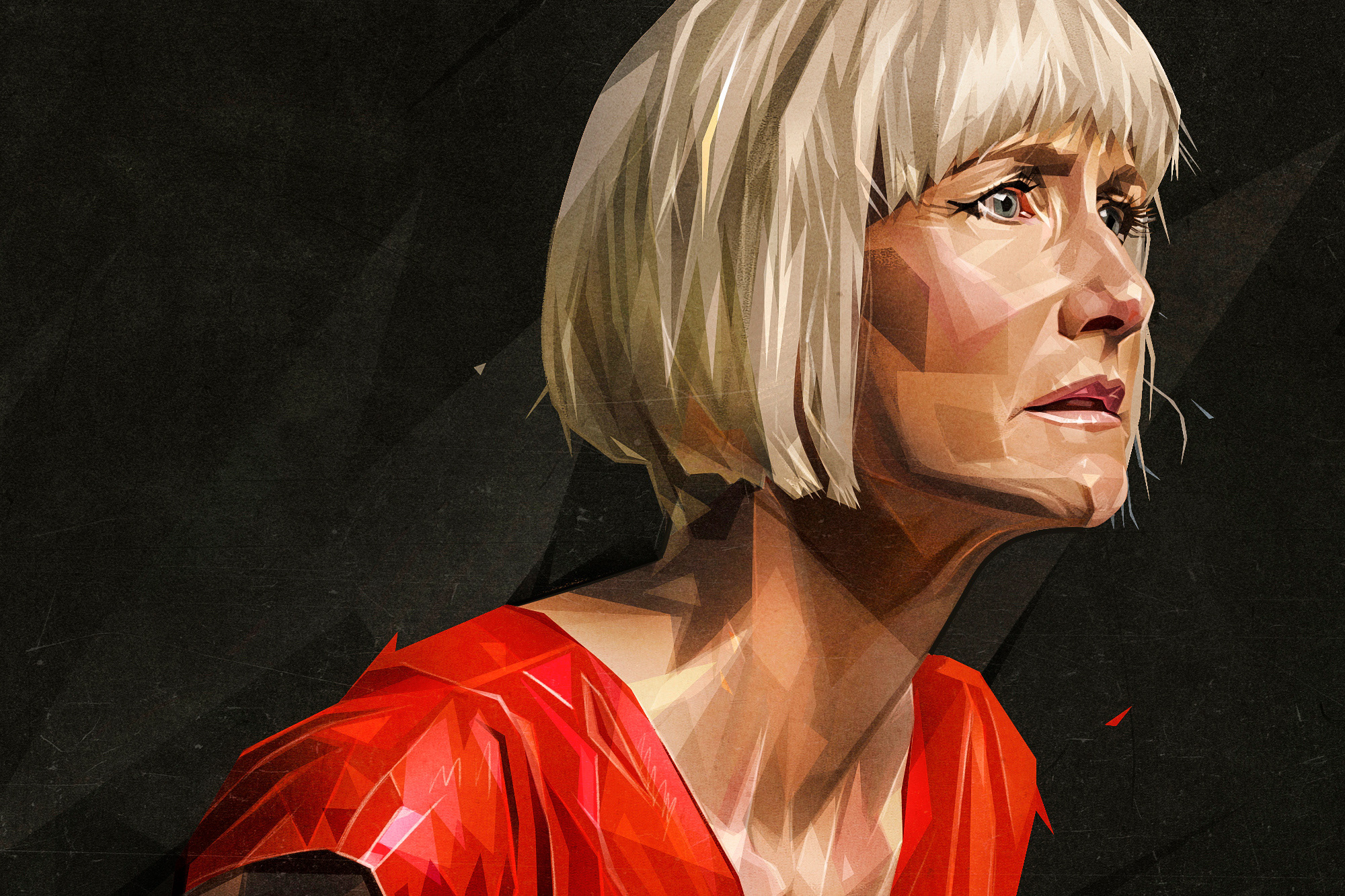The Book
The Photos








Shot on 35mm film (FUJIFILM Superia 200 and FUJIFILM Superia 400)
Edited on ADOBE Photoshop CS5
Dimensions: 18cm x 32,5cm (closed) / 18cm x cerca de 500cm (opened)
2011
Edited on ADOBE Photoshop CS5
Dimensions: 18cm x 32,5cm (closed) / 18cm x cerca de 500cm (opened)
2011
"A lot more happens between the picture and the viewer than you think... It's all a matter of resolution. One could compare it to Heisenberg's uncertainty principal; the closer you look, the less you recognize." - Thomas Ruff
Photography itself consists on an element of thinking and formulation of ideas or theories. It is not only about image, what it shows as aesthetic and visual element that fills our eyes up, but instead, underneath it (perhaps underneath the paper or the wall behind it; or between the printed surface and who is gazing it) something exists. In fact, what makes us stop our eye on a photo is its immediate aspect, its aesthetic dimension. However, what make us stay are the questions that it raises and our curiosity to find answers for it. The photograph that arrests us is the one that intrigue us. Even when a photograph consists in the representation of total banality, that banality is interesting not for what it represents but by the questions it raises.
This is how "an essay on perspective and neighbourhood relations" is born. It emerged by mistake; I was just walking by. It wasn’t me reaching them, I was not the one wanting to photograph. They were the ones asking me so.
In fact, I do solely believe that those houses are there to be photographed, they state something in such a clear way, striking our mind and perception. These houses represent not only the relation between the different houses in one building but as well the relation between their neighbour buildings. However, and in a wider sense, these relations of perspective, of coincidence and dissent, allows us to think about relationships between neighbours; allows us to reflect on the notion of neighbourhood and the life in society; about the relations of conflict and matching that are originated through the crossing of different perspectives/mind-sets. Here, the use of formal perspective is a representation a variety of mental perspectives and ways of living.
"The human gaze can enter spaces which are inaccessible to the human body. At the same time, there is no human gaze without the human body, to which the eyes and the neuronal system physically belong. (...) In the process of looking, or even more precisely, in order to concentrate our vision at all, we forget this partial separation of the space of visual perception from the space of physical perception. In terms of actual perception, it is always the blind spot at the center of the process of perception that prevents us from noticing our own act of perceiving, and thus distracts us from what our perception is actually focused on. We always see from a certain vantage point, but seeing itself is not included in this perspective." by Per Boym on the photographic work of Thomas Ruff



